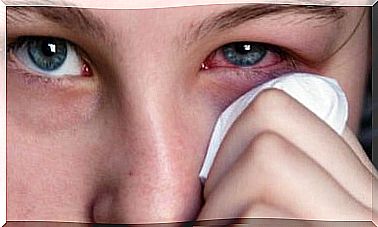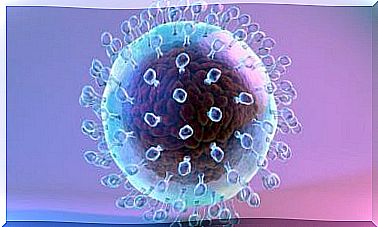Myths And Truths About HIV Transmission
HIV infection is one of the most feared diseases today. This has raised various myths about its transmission. Read on to find out.
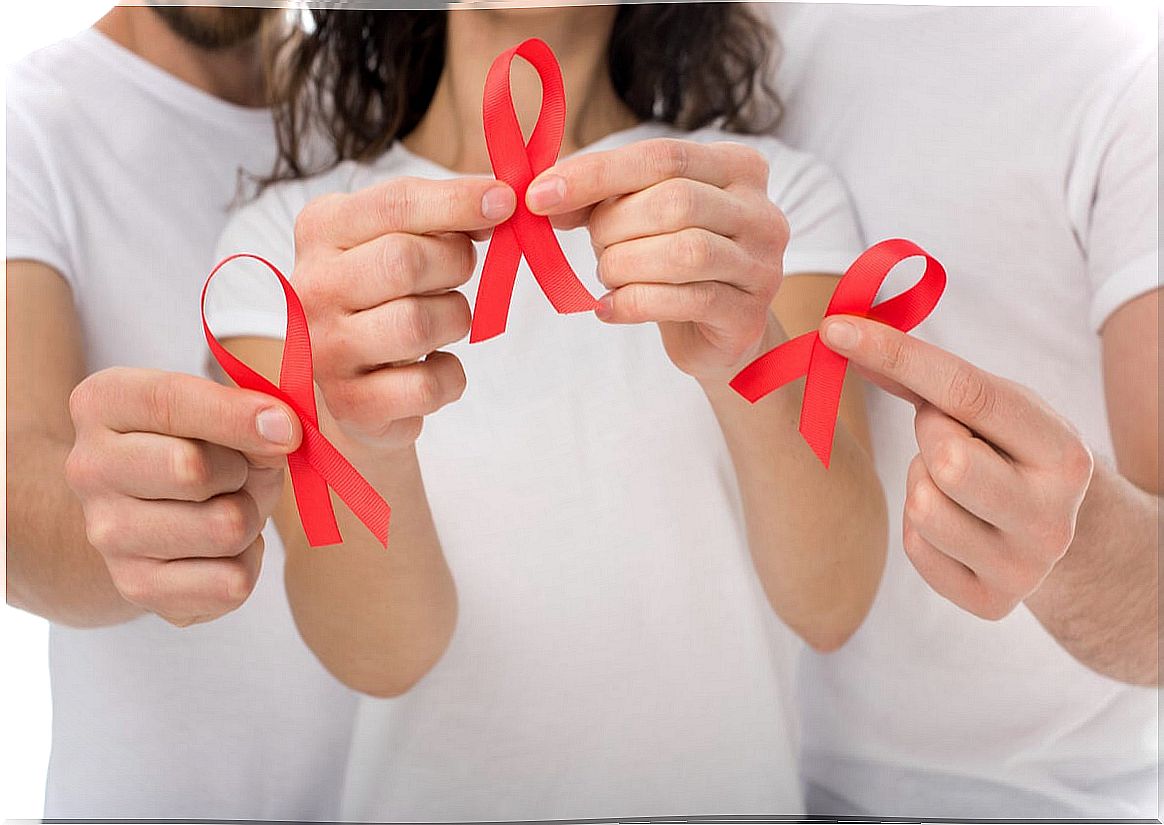
Human immunodeficiency virus (HIV) infection is a disease that has claimed the lives of millions of people; because of this, many fear him. In turn, this fear has raised various myths and truths about HIV transmission.
To get into context a bit, the virus in question attacks the host’s immune system and prevents it from doing its job properly. Thus, infected people are more prone to various diseases, infections, and complications.
5 myths and their truths about HIV transmission
The human immunodeficiency virus (HIV) is one of the most studied pathologies today. Although there is still no cure, various advances have been made in the matter. Even, over the years, new modes of transmission have been discovered and also innovative ways to avoid them.
But, despite the various studies and advances made, ignorance about the disease continues to prevail. Consequently, there are those who believe that some myths about the transmission of HIV are absolute truths. What are the most common? Next, we clarify them.
1. HIV can be transmitted by being in contact with an infected person
This is one of the most common myths about the disease and, unfortunately, one of the most affecting those who suffer from it. In fact, studies show that between 57% and 77% of women with the disease have suffered from discrimination.
However, this is far from the truth. The bibliographies clarify that there are only 5 transmission mechanisms. These are as follows:
- Sexual contact without condoms.
- From mother to son.
- Blood transfusions or organ transplants.
- Shared use of needles or syringes.
- Biological risk due to occupational accidents.
Thus, it is impossible for the virus to be transmitted by hugging, touching or sharing personal hygiene items with an infected person. In fact, it is possible to kiss a person who carries the virus without taking risk, since saliva is not pathogenic. The risk exists if there are sores, wounds or bleeding gums in the mouth. If so, you have to be careful.
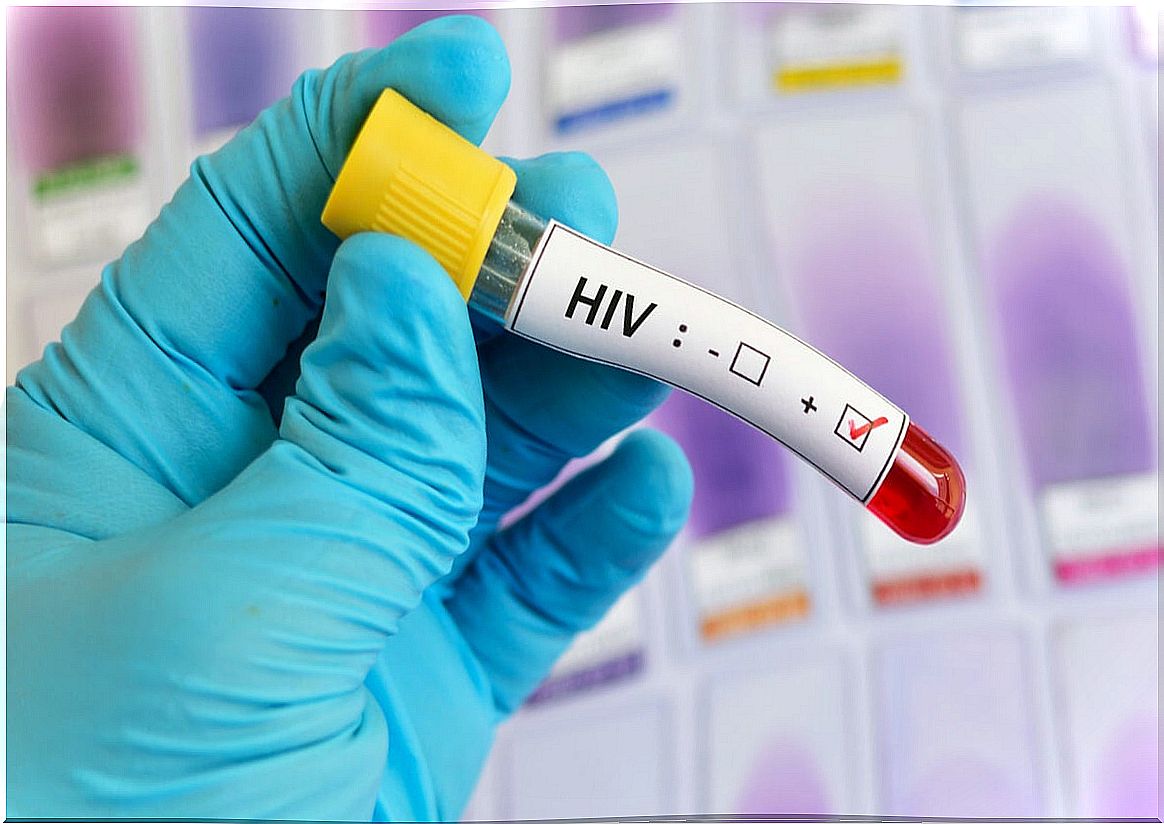
2. HIV is only transmitted by homosexuals
Without a doubt, it is one of the most curious myths about the transmission of HIV, since more than 30 years ago it was considered one of the irrefutable truths of the disease. When the virus was discovered in the early 1980s, it was suffered only by gay men.
It was over the years that it was determined that both heterosexual men and women could also carry the virus. It has even been reported that in places like Africa, the Caribbean and South America, sexual transmission is the main route of transmission between heterosexual people.
And although in Europe and the United States sexual transmission is higher in homosexual or bisexual men, it is not limited to this group of people.
3. Every mother will transmit the virus to her child
That infected mothers will transmit the virus to their child is another myth that needs to be clarified. While it is true that the contagion from mother to child is proven by science, it is also true that there are methods of prevention.
It is possible that there is mother-to-fetus transmission during the prenatal, perinatal, and postnatal stages. Still, it can be avoided with the combination of a healthy diet and antiretrovial treatment before delivery. In fact, various techniques have been perfected to decrease vertical transmission below 1%.
With all these measures, the child will be born and grow up healthy. In addition, with adequate control, women have the possibility of having a healthy family, even when they are carriers of the virus.
4. The virus is not transmitted by oral sex
As we have already discussed, the virus is not found in saliva. As a result of this, many people believe the myth that it is not transmitted through oral sex. Big mistake! Although it is difficult to occur, infection through oral sex is possible.
Saliva does not contain the virus, but vaginal fluids, semen, and pre-seminal fluid have a high viral load. So, during oral sex, transmission is possible, especially if there are wounds in the oral cavity.
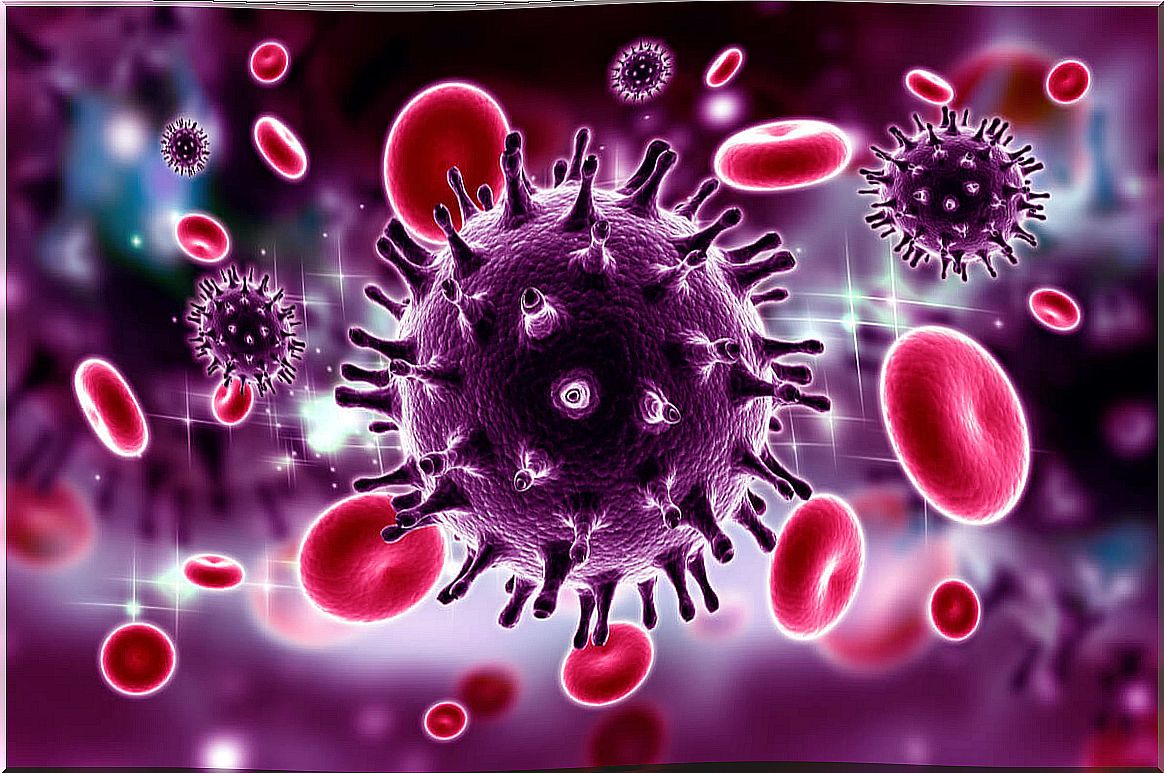
5. HIV can be transmitted by the bite of a mosquito
Do mosquitoes transmit HIV? Currently, several species of mosquitoes, such as Aedes aegypti , transmit various pathogens. Diseases such as dengue and malaria are caused through this route. For this reason, there are those who believe that HIV can also be spread this way.
However, mosquitoes cannot transmit the virus. Even if they ingest blood from a sick patient, the virus is unable to multiply and survive within it.
Getting informed is key to debunking myths about HIV transmission
Advances in HIV are still ongoing. Still, there are myths about the disease that are still shared in the population. Therefore, if there are doubts about it, it is best to seek information from professional sources.
Both doctors and health entities can help resolve the concerns that arise from a positive diagnosis. In addition, they can also guide you towards treatment options.
